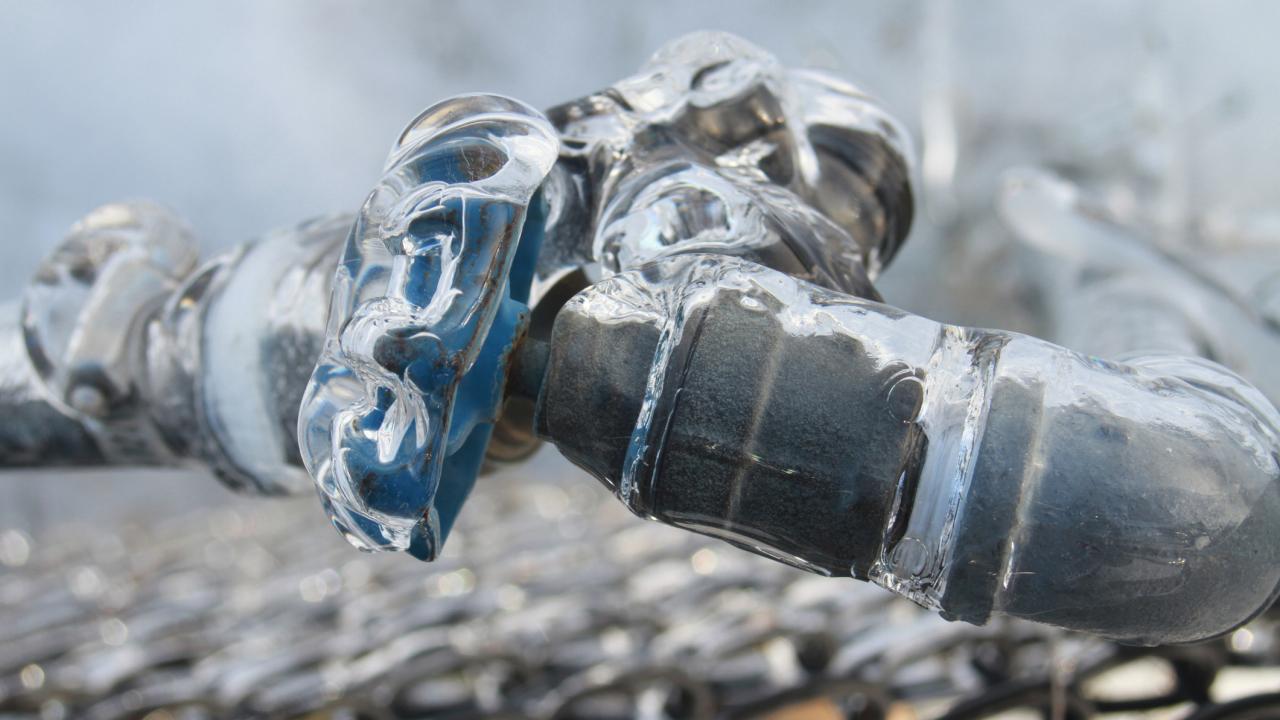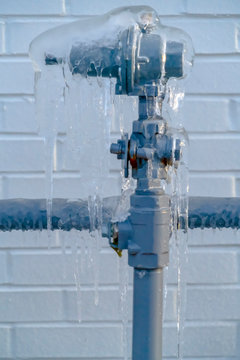Prevent Frozen Pipes in Winter: Expert Advice
Prevent Frozen Pipes in Winter: Expert Advice
Blog Article
The content directly below involving Helpful Tips to Prevent Frozen Pipes this Winter is incredibly interesting. Don't skip it.

Cold weather can ruin your plumbing, specifically by freezing pipes. Below's exactly how to stop it from taking place and what to do if it does.
Introduction
As temperatures decline, the danger of icy pipes increases, possibly bring about expensive repairs and water damages. Recognizing exactly how to avoid frozen pipes is essential for homeowners in chilly environments.
Prevention Tips
Insulating susceptible pipes
Cover pipes in insulation sleeves or use warm tape to shield them from freezing temperature levels. Concentrate on pipes in unheated or outside areas of the home.
Home heating techniques
Maintain indoor rooms appropriately warmed, specifically locations with plumbing. Open up cupboard doors to enable cozy air to distribute around pipelines under sinks.
Exactly how to identify frozen pipes
Seek reduced water flow from faucets, uncommon odors or noises from pipelines, and visible frost on subjected pipes.
Long-Term Solutions
Architectural modifications
Consider rerouting pipelines far from outside wall surfaces or unheated locations. Add extra insulation to attics, cellars, and crawl spaces.
Updating insulation
Purchase high-quality insulation for pipes, attics, and wall surfaces. Appropriate insulation aids maintain constant temperatures and minimizes the danger of frozen pipelines.
Safeguarding Exterior Plumbing
Garden hoses and outside taps
Disconnect and drain pipes yard tubes before winter. Set up frost-proof spigots or cover exterior taps with insulated caps.
Comprehending Frozen Pipelines
What causes pipes to freeze?
Pipelines ice up when exposed to temperature levels listed below 32 ° F (0 ° C) for expanded periods. As water inside the pipes freezes, it increases, taxing the pipeline wall surfaces and possibly creating them to rupture.
Risks and problems
Icy pipes can bring about water supply interruptions, residential or commercial property damage, and pricey repair services. Burst pipelines can flood homes and cause comprehensive structural damages.
Signs of Frozen Pipeline
Determining icy pipelines early can stop them from rupturing.
What to Do If Your Pipes Freeze
Immediate actions to take
If you believe frozen pipelines, keep taps open to alleviate pressure as the ice melts. Utilize a hairdryer or towels soaked in hot water to thaw pipelines slowly.
Verdict
Stopping icy pipelines calls for aggressive measures and fast reactions. By recognizing the causes, indicators, and preventive measures, homeowners can protect their plumbing throughout cold weather.
5 Ways to Prevent Frozen Pipes
Drain Outdoor Faucets and Disconnect Hoses
First, close the shut-off valve that controls the flow of water in the pipe to your outdoor faucet. Then, head outside to disconnect and drain your hose and open the outdoor faucet to allow the water to completely drain out of the line. Turn off the faucet when done. Finally, head back to the shut-off valve and drain the remaining water inside the pipe into a bucket or container. Additionally, if you have a home irrigation system, you should consider hiring an expert to clear the system of water each year.
Insulate Pipes
One of the best and most cost-effective methods for preventing frozen water pipes is to wrap your pipes with insulation. This is especially important for areas in your home that aren’t exposed to heat, such as an attic. We suggest using foam sleeves, which can typically be found at your local hardware store.
Keep Heat Running at 65
Your pipes are located inside your walls, and the temperature there is much colder than the rest of the house. To prevent your pipes from freezing, The Insurance Information Institute suggests that you keep your home heated to at least 65 degrees, even when traveling. You may want to invest in smart devices that can keep an eye on the temperature in your home while you’re away.
Leave Water Dripping
Moving water — even a small trickle — can prevent ice from forming inside your pipes. When freezing temps are imminent, start a drip of water from all faucets that serve exposed pipes. Leaving a few faucets running will also help relieve pressure inside the pipes and help prevent a rupture if the water inside freezes.
Open Cupboard Doors
Warm your kitchen and bathroom pipes by opening cupboards and vanities. You should also leave your interior doors ajar to help warm air circulate evenly throughout your home.

As an avid person who reads on How to Prevent Your Pipes From Freezing, I imagined sharing that topic was really helpful. Appreciated our piece of writing? Please share it. Help others discover it. We recognize the value of reading our article about How to prepare your home plumbing for winter weather.
Click Here Report this page